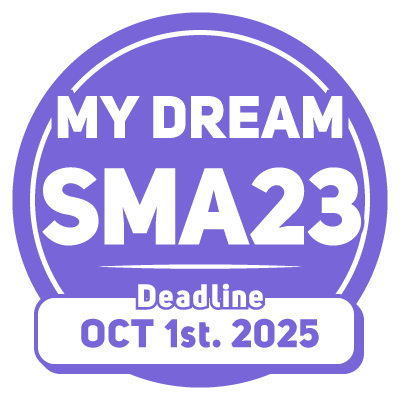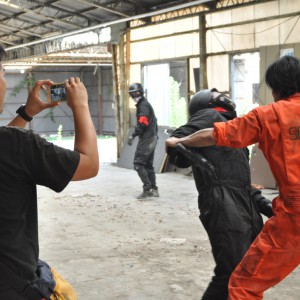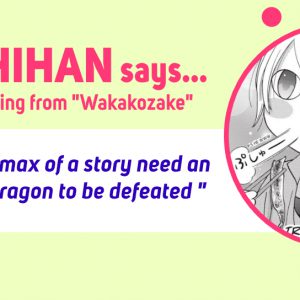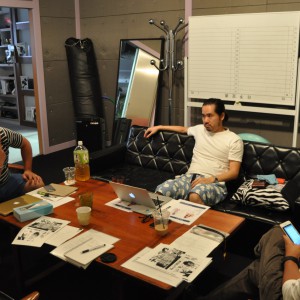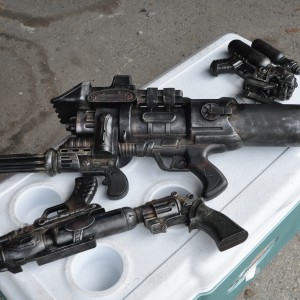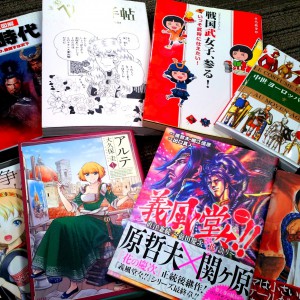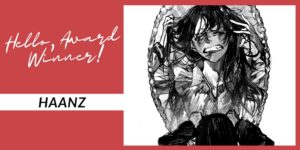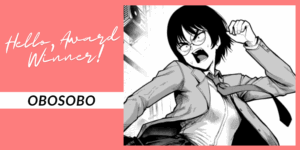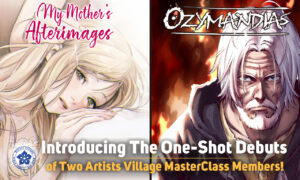
Japan’s national sport is sumo, but ask me what the most popular sport is, and I would have to say “baseball” (Though soccer is fast catching up in recent years) The interesting thing is that it’s not only the pros that get all the attention. High school baseball championships are also very popular. In fact, summer in Japan would feel incomplete without the yearly summer tournament broadcast on national television.
Since the Japanese are so familiar with baseball, it’s a perfect topic for manga. And if you think about it, a pitcher facing off against a batter makes a really good scene. Since the 1940s, when story manga evolved into the form we know today, there have been loads of baseball-themed works. Look closely at baseball manga, and you can see the various trends and changes in manga over the years.
At first, most baseball manga were heartwarming stories aimed at young children, but over time, they become more dramatic, and in the 60s, they began to have a sense of speed and power. Notable works like “Star of the Giants” (Art: Noboru Kawasaki Story: Ikki Kajiwara) featured intense training montages, full of sweat and tears, and unrealistic “special techniques” like the “Invisible Pitch”.
From the 70s, instead of dramatic expression, artists tried to explain what makes baseball interesting as a sport. Leading this new era was “Dokaben” (Shinji Mizushima) with its highly individualistic characters, and “Captain” (Akio Chiba) which features a small, weak team that continually strives to improve.
With the 80s came the hit series “Touch” (Jun Adachi), which included romantic comedy elements that were all the rage in the shonen manga world at the time. Although the high school protagonist trained hard, baseball wasn’t the only thing in his life. We also got to see parts of his daily life and romantic relationships, a breath of fresh air compared to previous works.
After that, the genre further diversified. Works with pinch-hitter or stopper protagonists, tales of retired athletes coming back to action, and many more. Most of these manga emphasized realism. Strategic plays and clever training regimens were well-thought out, and depicted in great detail.
One manga, “Big Windup” (Asa Higuchi) tells the tale of the struggles of a 1st year high school team, with special emphasis on “mental training”. The artist studied psychology in university, and uses this to great effect in the manga.
Most baseball manga follow the pattern of “a weak team rising to the top”, but “Ace of Diamond” (Yuji Terajima), in an almost documentary style, tells the story of a famous school that was always expected to win, and the challenges they faced. The artist played baseball when he was in high school, and his forte was creating intense scenes that only someone who has actually stood on the grounds can imagine. These two works both received anime adaptions, and are still running today!
At present, a manga called “Battle Studies” (Nakibokuro) is in the spotlight. The artist is a graduate of PL academy, a school so famous for baseball that even non-fans have heard the name, and he even has experience playing in national tournaments as a regular. The first book has just gone on sale, but it’s already causing a stir. Everyone is talking about how a graduate of a nationally famous baseball school drew a manga that includes behind the scenes depictions (although fictional) of things like the dormitory life.
People seem to think that athletes and manga artists live in different worlds, so the idea that a young man who loves both manga and baseball has created a unique work is terribly exciting!
Article: Kozue Aou
Translator: Andrew L.
